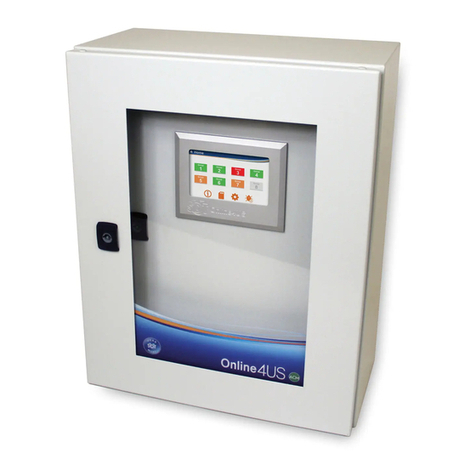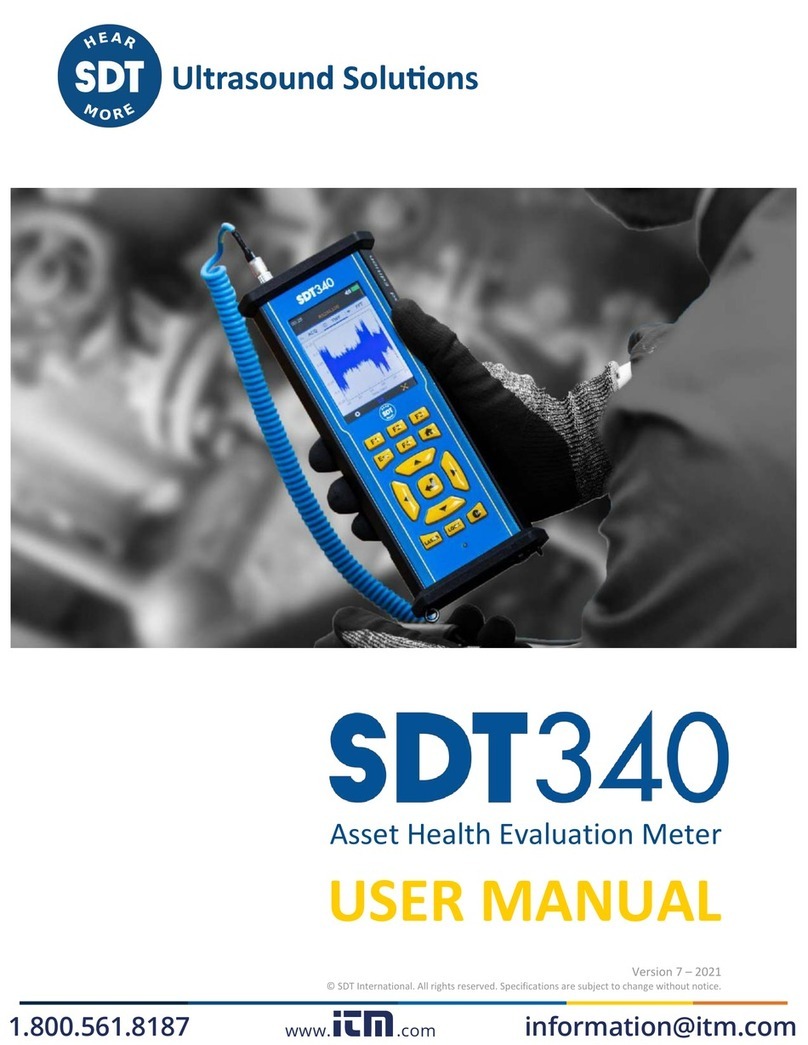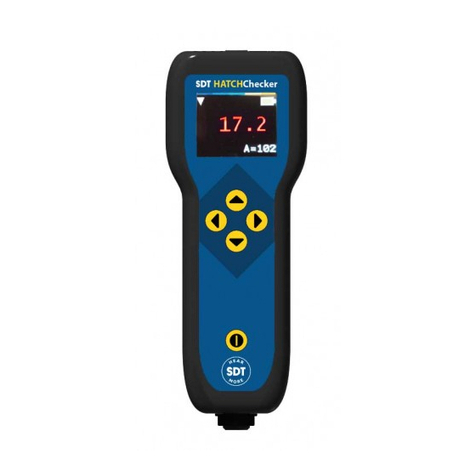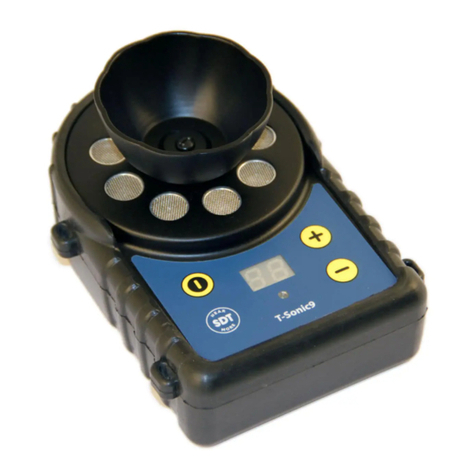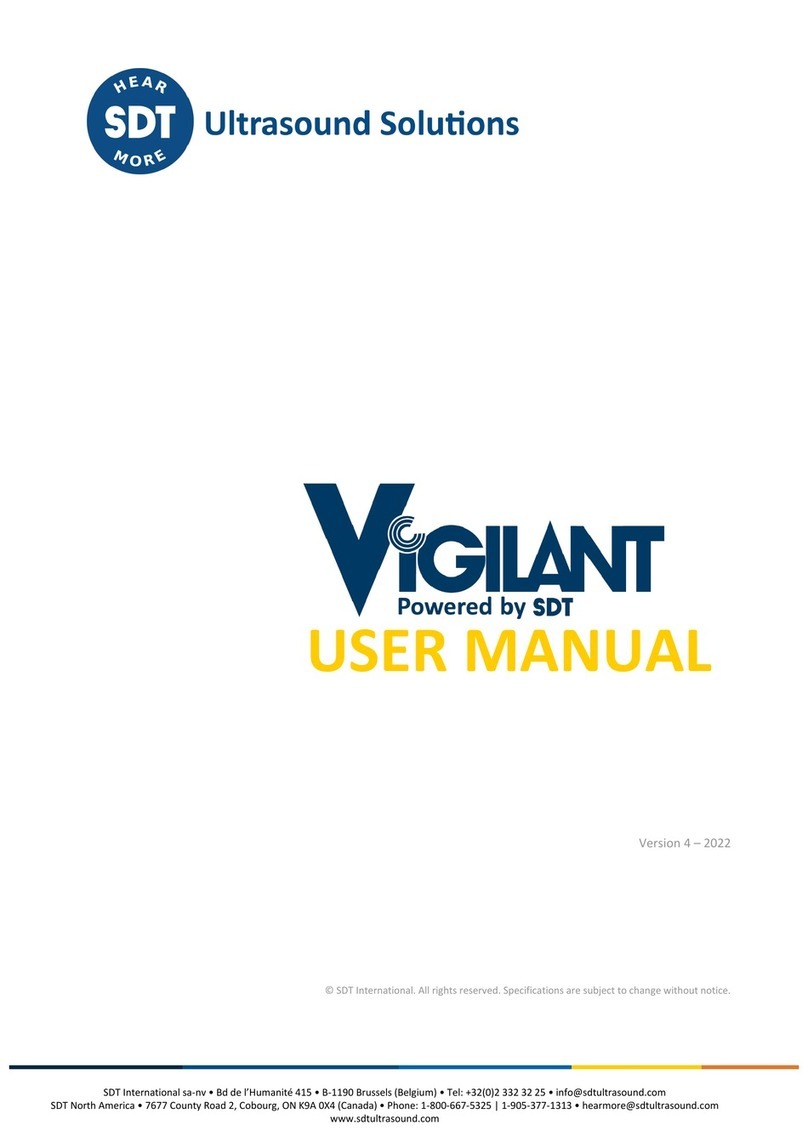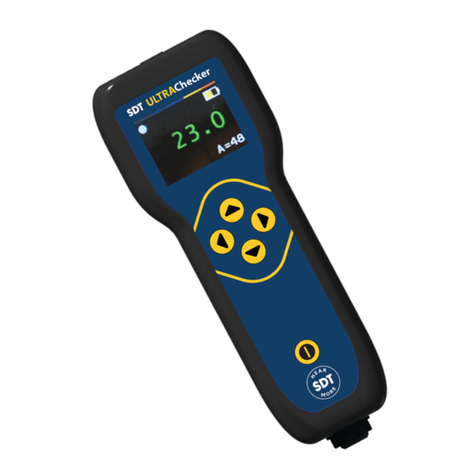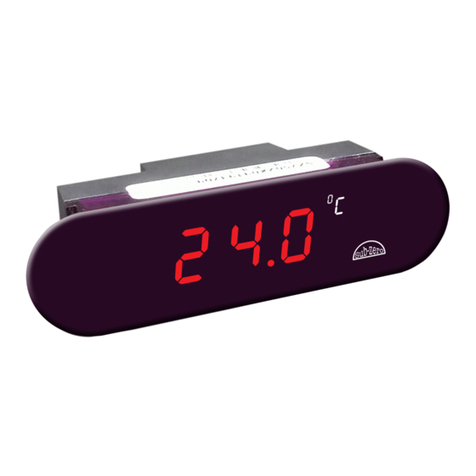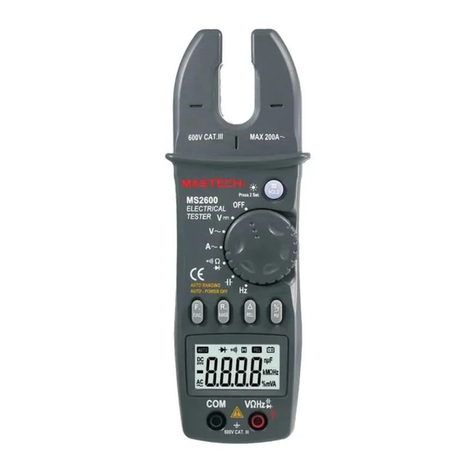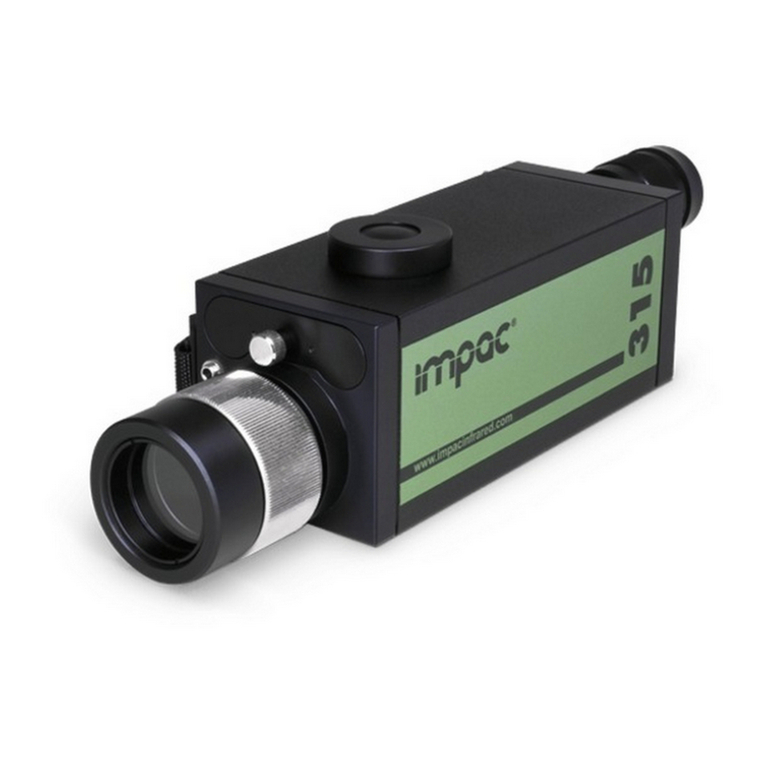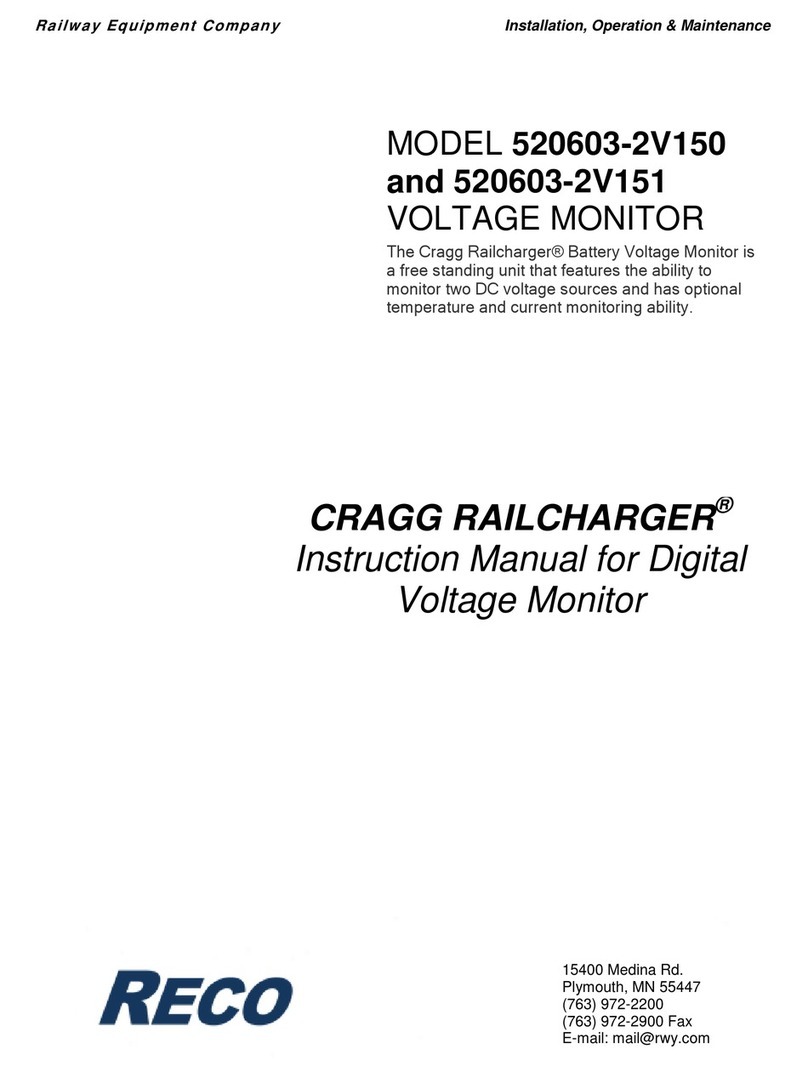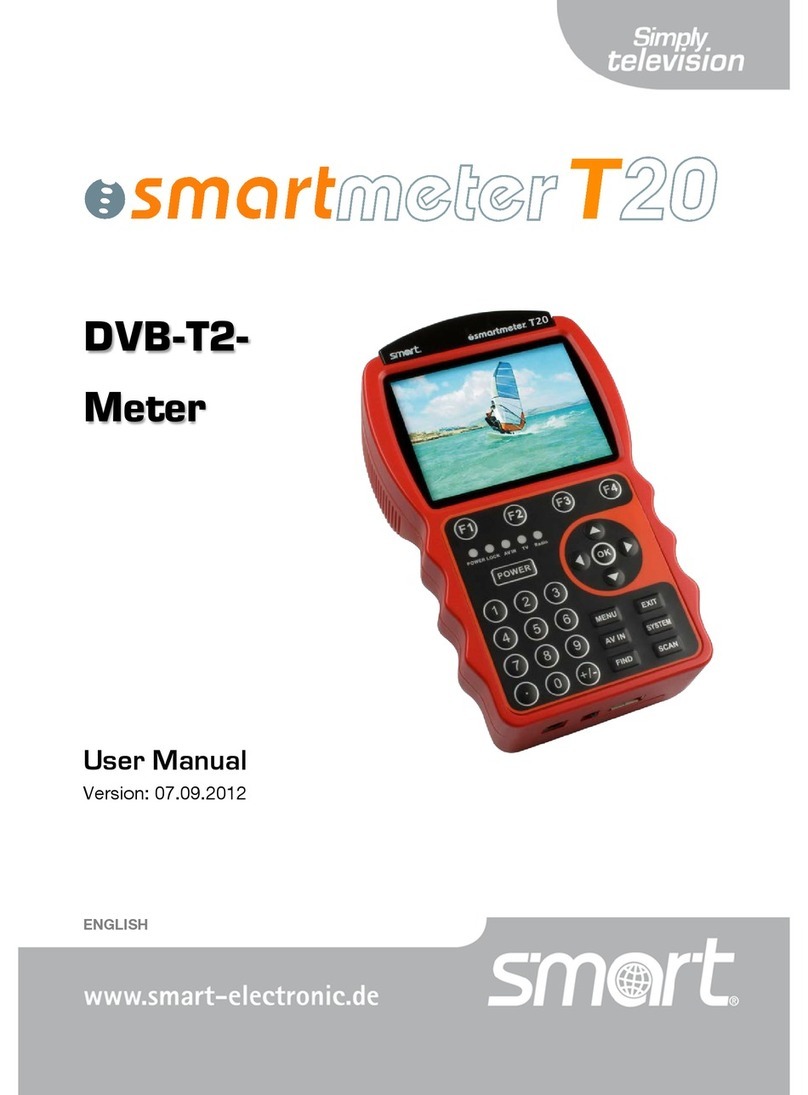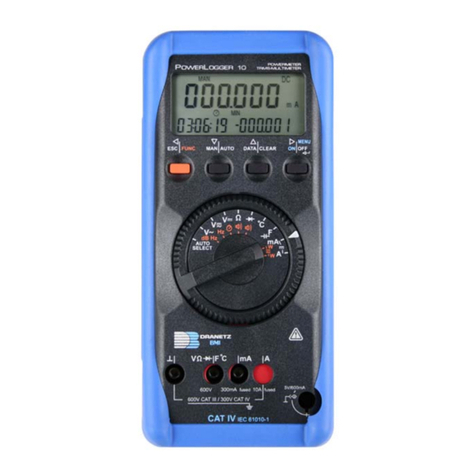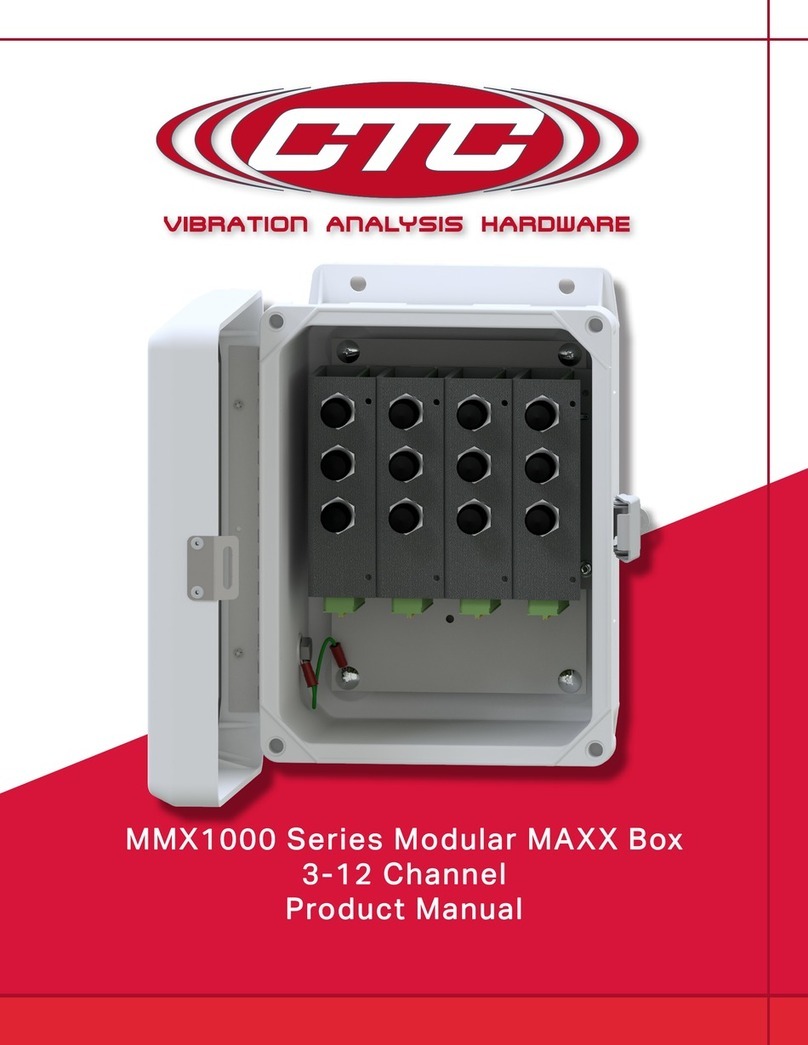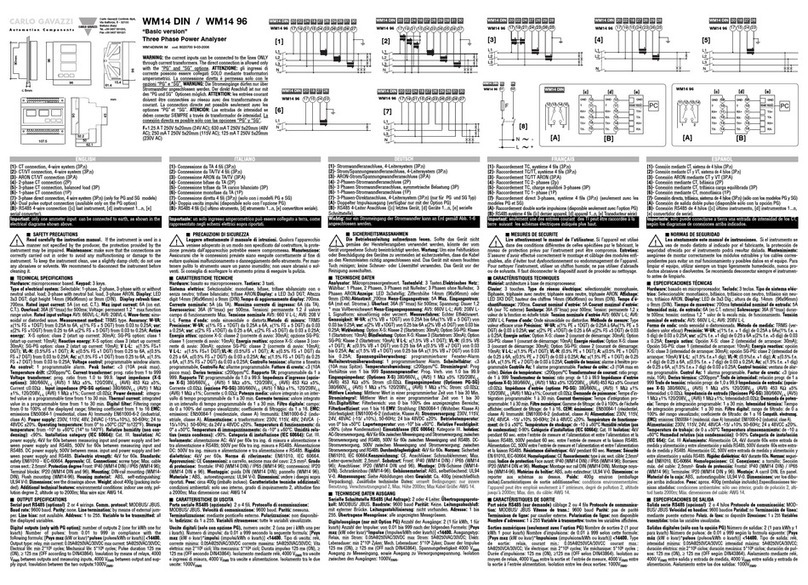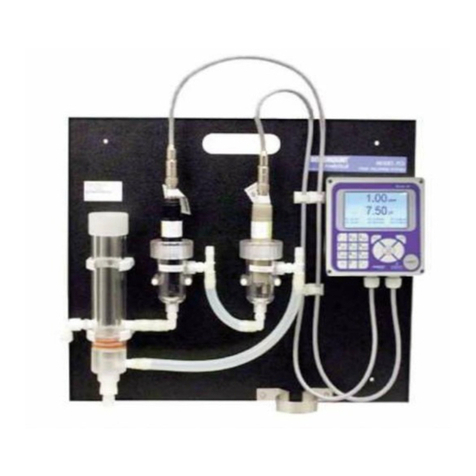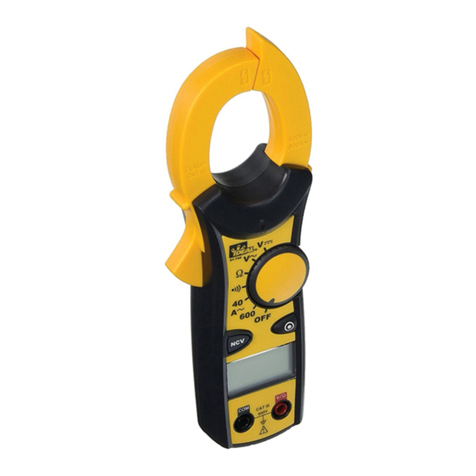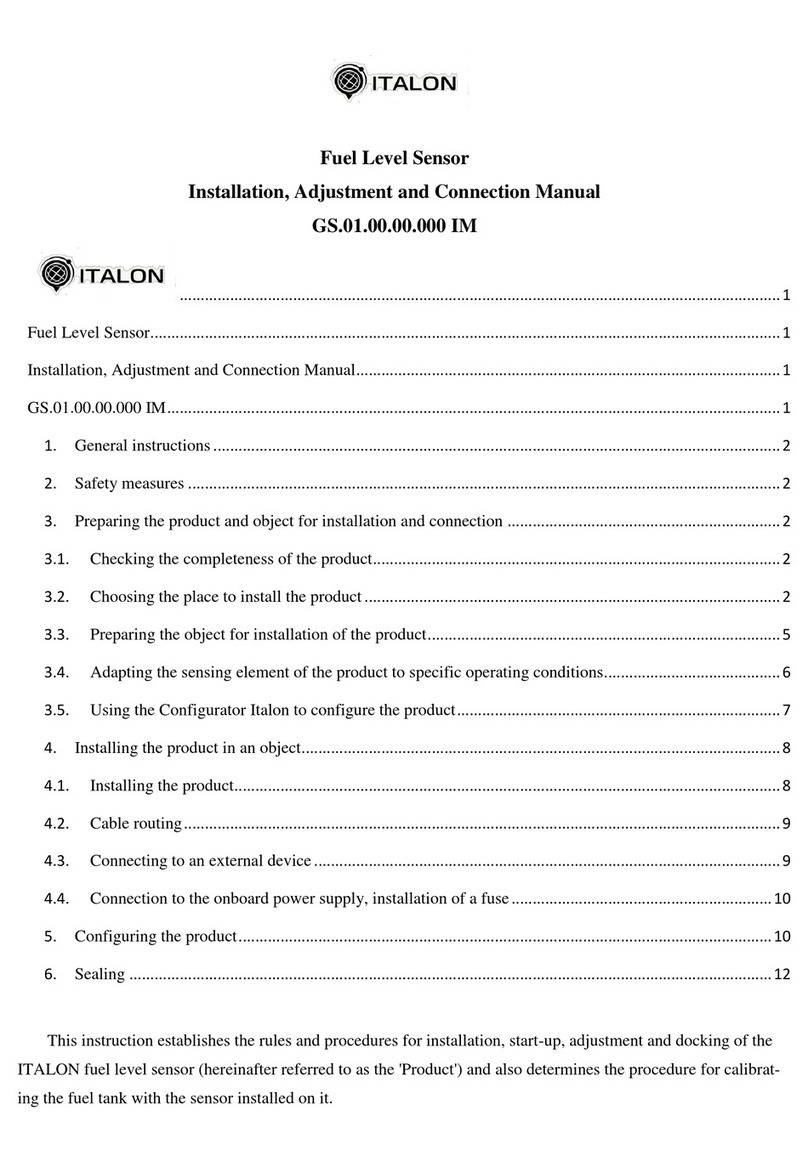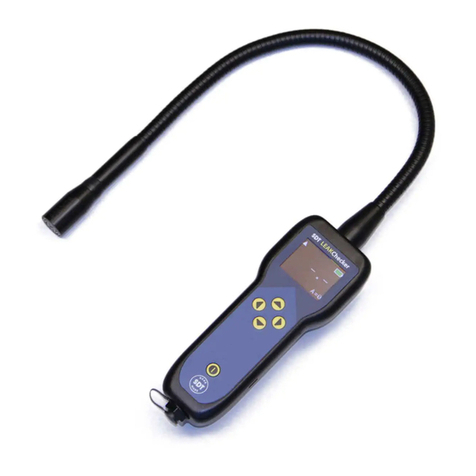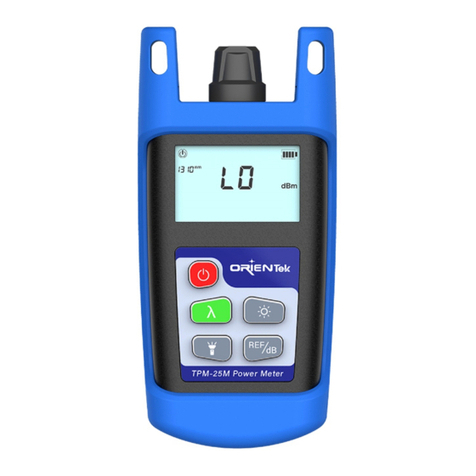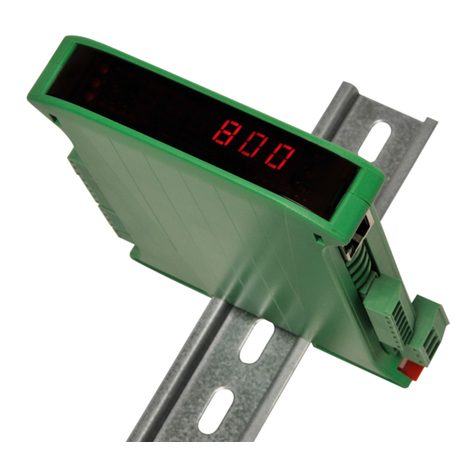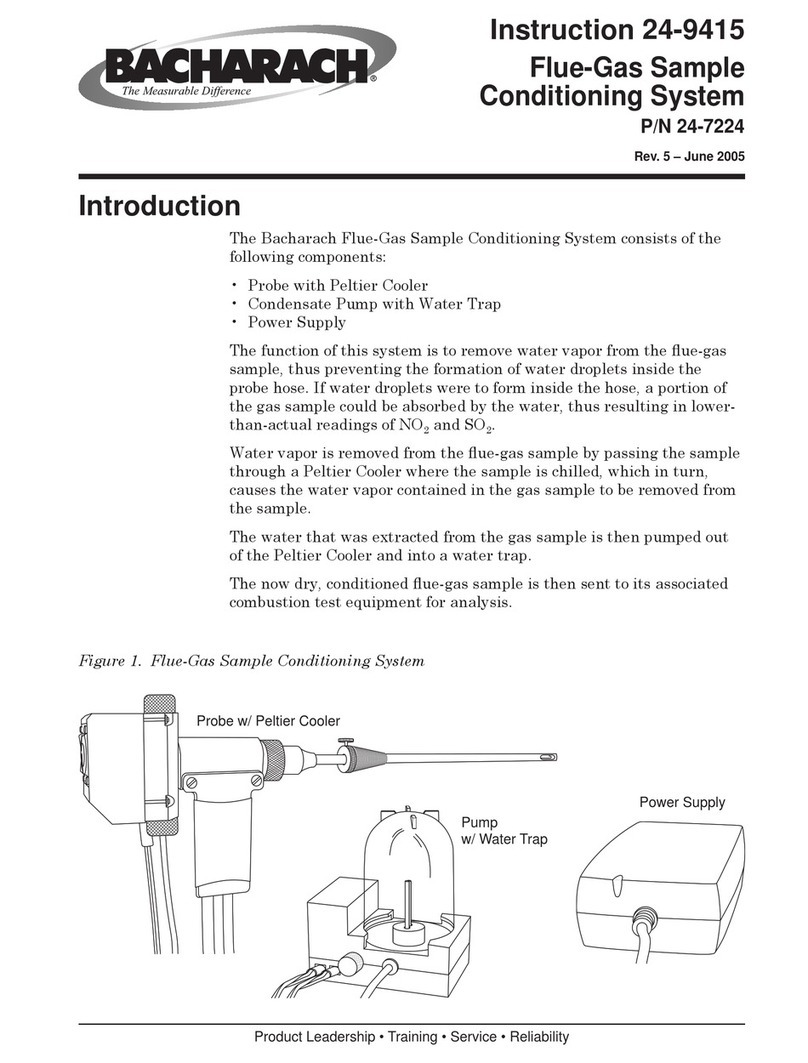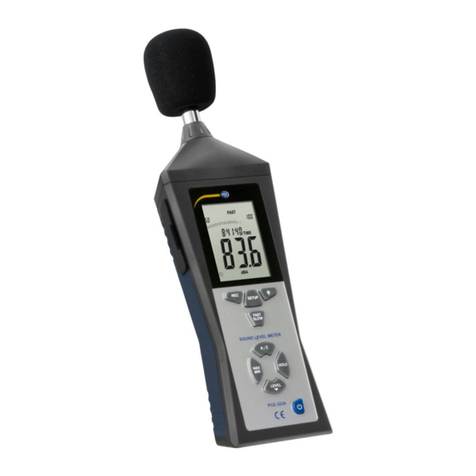11 System Settings ...........................................................................................................................39
11.1 Introduction ......................................................................................................................................... 39
11.2 Menu Tree ........................................................................................................................................... 39
11.3 Status ................................................................................................................................................... 40
11.4 Users .................................................................................................................................................... 42
11.5 Host...................................................................................................................................................... 43
11.6 Network ............................................................................................................................................... 43
11.7 Time ..................................................................................................................................................... 44
11.8 Services ................................................................................................................................................ 45
11.8.1 Remote backup...................................................................................................................................................46
11.8.2 Email notifications..............................................................................................................................................46
11.8.3 Rsync and FTP services .......................................................................................................................................48
11.9 Storage................................................................................................................................................. 49
11.10 Records ................................................................................................................................................ 50
11.11 Backups................................................................................................................................................ 52
11.12 Simulation files..................................................................................................................................... 53
11.13 Licenses................................................................................................................................................ 53
11.14 Upgrade firmware................................................................................................................................ 54
11.15 Event Log.............................................................................................................................................. 54
11.16 System maintenance............................................................................................................................ 55
11.16.1 Main configuration.............................................................................................................................................56
11.16.2 System configuration..........................................................................................................................................56
11.16.3 Users’ configuration ...........................................................................................................................................56
12 Configuration ..............................................................................................................................57
12.1 Introduction ......................................................................................................................................... 57
12.1.1 Toolbar ...............................................................................................................................................................57
12.1.2 Processing Blocks................................................................................................................................................58
12.1.3 Apply button.......................................................................................................................................................58
12.2 Inputs/Outputs .................................................................................................................................... 59
12.3 Sensors................................................................................................................................................. 61
12.3.1 CONMONSense Sensor 0-10v Configuration ......................................................................................................62
i. Sensor configuration........................................................................................................................................ 62
ii. Input configuration .......................................................................................................................................... 64
iii. Machine configuration..................................................................................................................................... 64
12.3.2 Information ........................................................................................................................................................72
12.3.3 Signal..................................................................................................................................................................72
12.3.4 Limits..................................................................................................................................................................73
12.4 Fault Frequencies................................................................................................................................. 73
12.5 Units..................................................................................................................................................... 74
12.6 Modbus master.................................................................................................................................... 77
12.7 Modbus slave....................................................................................................................................... 80
12.8 OPC ...................................................................................................................................................... 82
12.8.1 About OPC..........................................................................................................................................................82
12.8.2 OPC UA client in Vigilant.....................................................................................................................................83
12.8.3 OPC endpoints....................................................................................................................................................83
12.8.4 OPC nodes ..........................................................................................................................................................84
12.9 Techniques........................................................................................................................................... 87
12.10 Images.................................................................................................................................................. 88
12.11 Machines.............................................................................................................................................. 88
12.11.1 Information ........................................................................................................................................................91
12.11.2 Monitoring..........................................................................................................................................................92
12.11.3 ISO 10816 Classification......................................................................................................................................92
12.11.4 Speed..................................................................................................................................................................93
12.11.5 Load....................................................................................................................................................................94
12.11.6 Elements.............................................................................................................................................................94
12.12 Limits.................................................................................................................................................... 94
12.13 Alarms.................................................................................................................................................. 95
12.14 Components......................................................................................................................................... 96
12.15 Output connections ............................................................................................................................. 96
12.16 Points ................................................................................................................................................. 100





















